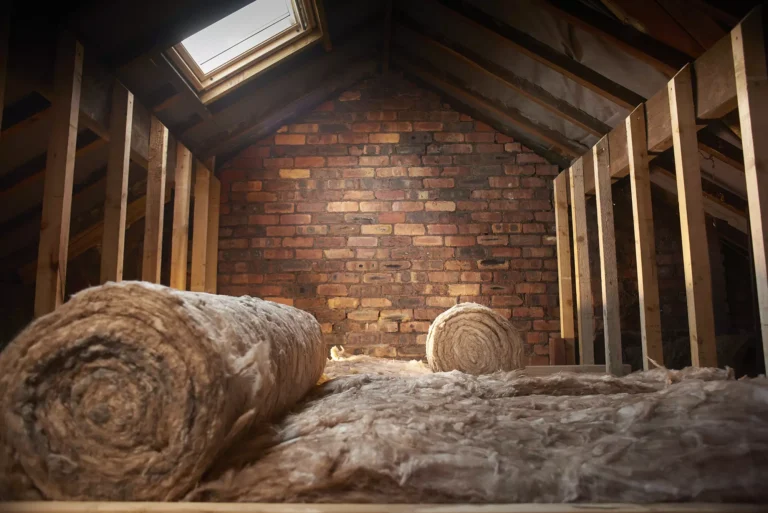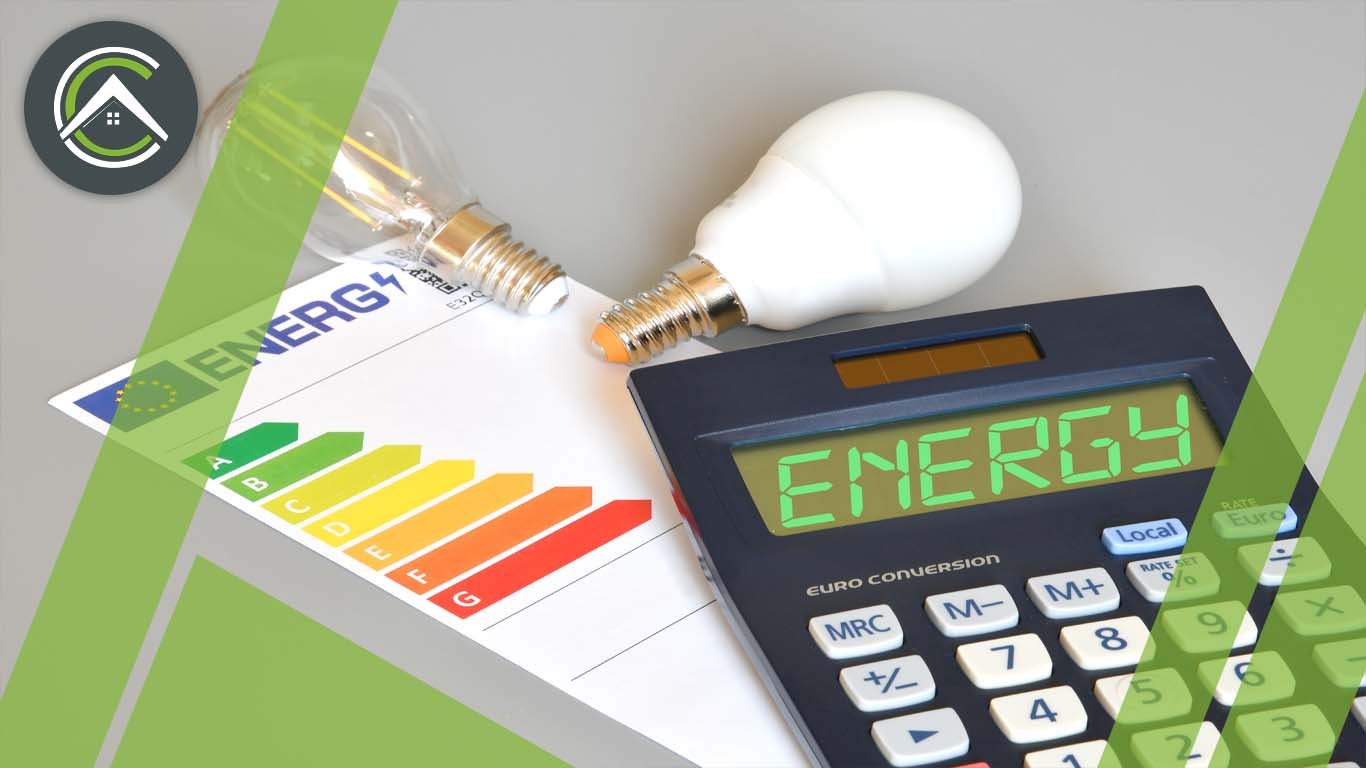
Is There Asbestos in Your Loft? What to Know Before Insulation Removal
If your home was built before the 1990s, there’s a chance that your loft insulation could contain asbestos—a hidden danger
Energy Efficiency Rebate is currently unreachable but will be performance-based when it becomes available state-by-state. This means that the rebate level will be determined by the predicted or observed energy savings realized by the retrofit.
Modeled savings imply that an energy professional will collect information about your current home and run a simulation to determine how much energy you are expected to save with qualifying project upgrades.
Measured savings imply that you will submit bill and energy consumption data from your utility to demonstrate how much energy you have saved through approved project enhancements.
The states will set many of the program’s details. Exact rebate amounts for expected and measured savings can vary greatly.
Based on federal government recommendations, performance standards and refund amounts may follow the chart below.
An energy audit is performed on a home or business building to assess energy efficiency. Energy efficiency is using less energy to do the same task. The audit will give you a comprehensive assessment of your electricity use and energy efficiency.
The audit report provides crucial information about your energy usage and Energy Star rating. This information lets you detect and repair energy-related issues to reduce electricity expenditures. Conducting an energy audit before installing a renewable energy system is usually a good idea.
Costs for home energy audits in Canada vary based on the location of your property, the size of your home, and the complexity of the audit. Generally, you may anticipate paying between $250 and $500.
However, some provinces provide rebate programs to help cover the cost of a home energy audit, so check with your local government to see if you qualify.
The Inflation Reduction Act (IRA) authorizes the following:
Claiming rebates can be challenging and time-consuming. Typically, there are 12 primary steps in the rebate process:
(4–5 weeks)
• Gather technical documents.
• •Calculate energy savings.
• Complete and submit rebate paperwork.
• Schedule a pre-inspection when necessary.
(8-13 weeks)
• Inform the program of any modifications.
• Follow specific installation standards as needed.
• Ensure the project is completed by the deadline.
• Request file extensions as required.
(10–12 weeks)
• Gather invoices and required documents.
• Complete and submit the final rebate documents.
• Schedule a post-inspection as necessary.
• Ensure the check is dispatched.

Based on the search results, the following is a brief and correct response to the query about government insulation rebate schemes in Canada:
Several provincial and utility-run programs in Canada provide incentives for increasing home insulation. The main details are:
Canada has a history of providing numerous energy rebate schemes to its citizens. Here’s a brief outline of two major initiatives:
The most cost-effective way to heat and cool your home is with an energy efficient heat pump. They take less electricity to run than standard heating systems because they move heat instead of making it. Saving money on energy costs and helping the environment are two benefits.
The SEER number is one of the most important things to consider when figuring out how much money an energy-efficient heat pump could save you. To find out how well the heat pump cools, use the Seasonal Energy Efficiency Ratio.
Regarding energy efficiency, a higher SEER number means better results. A heat pump with a higher SEER number works more efficiently when operating in reverse mode for heating. This means less energy is used, and you will save much money on your utility bills over time.
Energy-efficient heat pumps work all year, so homeowners don’t need different heating and cooling systems. This saves them money and makes life easier for them and their guests.
Upgrading your home’s insulation can offer a variety of advantages, including:
If you’re ready to save money on energy costs while lowering your carbon impact, call Confirmed Contracting Corp Insulation now to learn more about the available home insulation rebates. Our expert specialists can assist and provide all homeowners with free advice. Don’t delay—begin accumulating savings now!

If your home was built before the 1990s, there’s a chance that your loft insulation could contain asbestos—a hidden danger

Canadian winters are no joke, and heating your home efficiently is more important than ever. In 2025, cold climate heat

Your basement plays a huge role in your home’s comfort, energy efficiency, and even air quality—but only if it’s properly
WhatsApp us